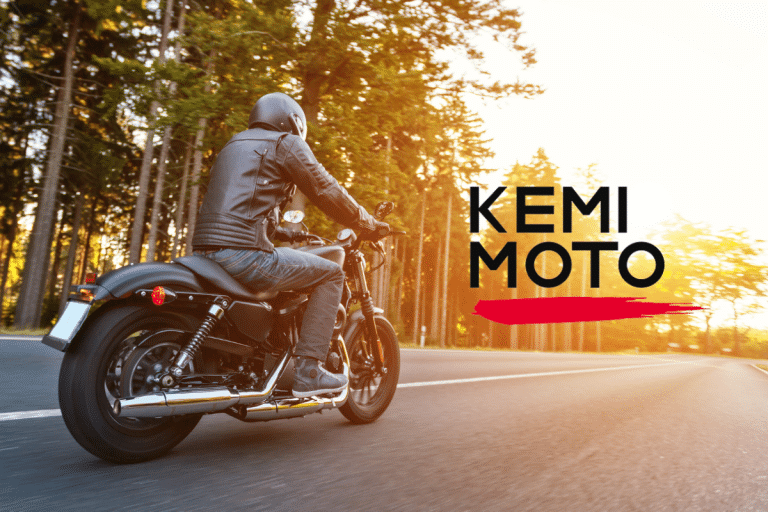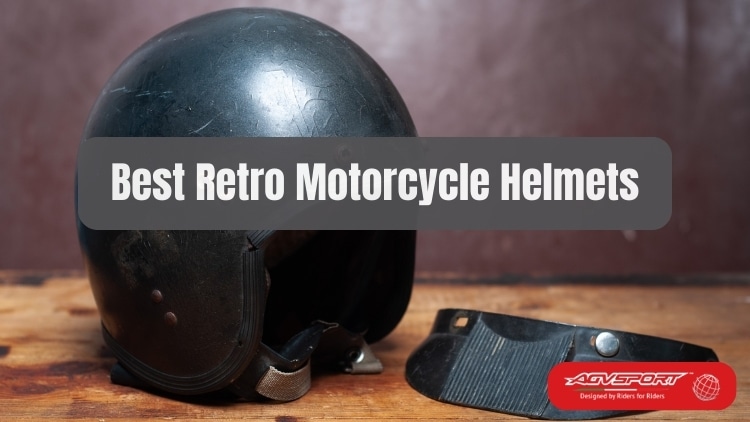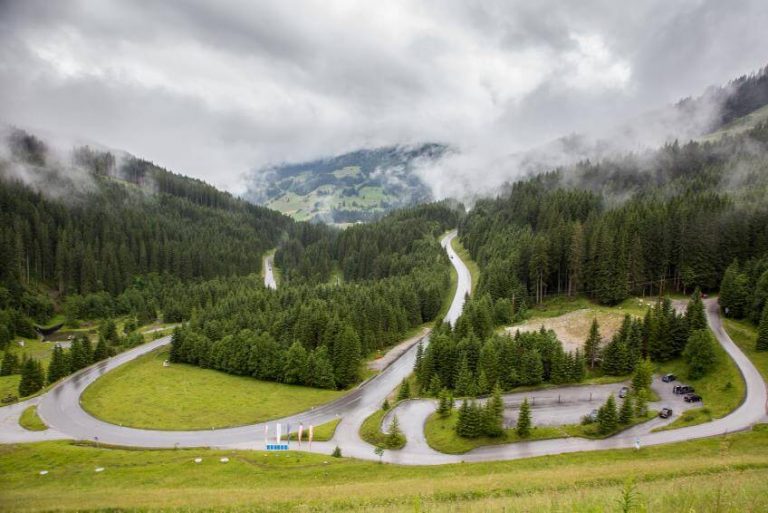Much like the enduring debates over the merits of different motorcycle brands or the age-old ‘full-face vs. open-face helmet’ argument, the topic single layer vs. lined motorcycle jeans remains a compelling subject that continues to garner the attention of both seasoned riders and newcomers alike.
Both types of jeans incorporate protective materials—typically Kevlar, Spandex, or Dyneema—but their key distinction lies in their construction methods, profoundly influencing the level of protection and comfort they provide. Lined motorcycle jeans, fashioned from denim, introduce an additional layer of abrasion-resistant material (commonly Kevlar) on top. Certain designs even feature a third mesh lining, enhancing moisture-wicking capabilities and offering protection against skin scratches. In contrast, single-layer motorcycle jeans weave Spandex and Kevlar or Dyneema protective fibers intricately, creating a seamless singular layer for a different approach to protection.
And so, single-layer pants offer a lighter, cooler experience, while lined pants, although heavier and warmer in summer, provide superior abrasion resistance. I know, this may sound like a bold claim, one that challenges what you may have seen in certain articles online and YouTube videos. But in the pursuit for accurate and reliable information, whom should you trust? Allow me to share my over 50 years of personal insights supported by thorough research. But first,
The Best Motorcycle Riding Jeans for You Today
All my picks are lined jeans, as I consider them safer for motorcycle riding. Scroll right to explore various buying options, compare prices, and potentially unlock exclusive discounts from sellers.
| Jeans Model | Category | Abrasion Resistance Time | Lining Coverage | Check & Shop Now |
|---|---|---|---|---|
| AGVSPORT Super Alloy | Best Universal Fit | 4.01 Seconds | 100% | Amazon |
| Scorpion EXO Covert Pro | Best Regular Fit | 3.73 Seconds | 90% | RevZilla | Amazon |
| AGVSPORT 8000 | Relaxed Fit | 3.99 Seconds | 100% | Amazon |
| REAX 215 | Best Slim Fit | 4.03 Seconds | 95% | RevZilla | CycleGear |
| AGVSPORT Metro | Best Stretch Fit | 3.67 Seconds | 100% | Amazon |
| Iron Workers Harden | Best Mid-Rise | 3.84 Seconds | 90% | RevZilla | CycleGear |
Choosing Between Single Layer vs. Lined Motorcycle Jeans: Which Type Is the Best?

Single-layer motorcycle jeans, a recent development emerging in the last three years, represent a notable addition to the motorcycle gear landscape, but I first discovered the ingenuity of lined motorcycle jeans when they were introduced in 1985 (yes, they’ve stood the test of time and rightfully earned their place!).
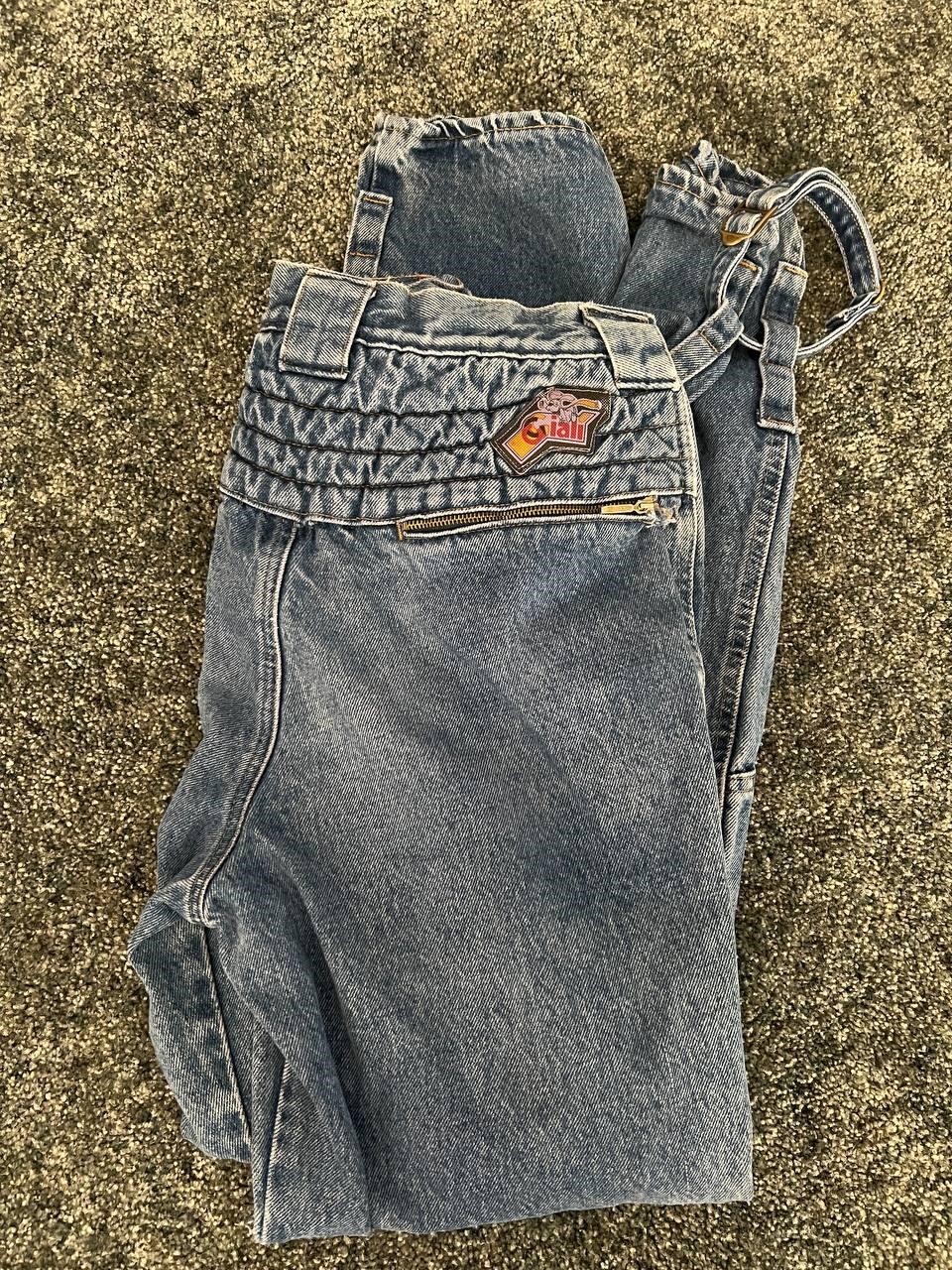
You see, I’m no stranger to the motorcycle world—I’ve immersed myself deeply in it for 46 years as of 2023, acquiring extensive expertise and valuable insights.
And since moving away from sport bikes (though I do indulge in the occasional adrenaline rush at the California Superbike School or Sandy Hook Speedway, (because, hey, one can never truly outgrow the thrill of racing), I’ve since expanded my horizons to embrace the thrill of adventure, street, custom, naked, and cruiser machines. Of course, my choice of trousers has evolved accordingly, and more often than not, you’ll find me rocking a pair of Kevlar motorcycle jeans.
The truth is, in the event of a fall, denim will quickly wear away upon contact with the road. That’s precisely why I strongly advise against riding in your regular jeans. When this happens — and it’s not a matter of ‘if’ but ‘when,’ given denim’s inherent characteristics such as shorter cotton fibers and a diagonal twill weave pattern — Kevlar panels or lining will protect you from significant injuries caused by abrasion.
But confusion often arises regarding the best choice: single-layer or lined motorcycle jeans. I’ll share my valuable personal experiences and insights with both types:
Lined Motorcycle Riding Jeans: Elevating Protection, Ensuring Warmth in Cold Climes

I often say, ‘A motorcycle jean is only as good as its parts,’ and so, to understand why I consider lined jeans superior to single-layer jeans, I will first highlight the advantages of Kevlar itself and how these benefits directly apply to its application in motorcycle jeans.
- Exceptional Strength: Kevlar’s exceptional strength is one of its key benefits for motorcycle jeans. Its tensile strength, which measures the maximum amount of tensile stress a material can withstand before breaking, is remarkably high. Standard Kevlar fibers have a tensile strength of approximately 3.62 gigapascals (GPa) or 525,000 pounds per square inch (psi). To put this into perspective, Kevlar’s strength surpasses that of steel by 10 times on an equal weight basis. Its strength can be attributed to its highly aligned molecular structure and strong covalent bonds between atoms. The aligned polymer chains allow efficient transfer of load-bearing forces along the fiber, enhancing its overall strength. Plus, intermolecular forces, such as van der Waals forces, contribute to the material’s cohesive strength and resistance to deformation.
- High Tensile Strength: Kevlar’s high tensile strength enables it to withstand greater forces without tearing or ripping, providing added durability and protection to Kevlar motorcycle jeans. During tensile testing, where a sample of the material is subjected to increasing force until it fractures, Kevlar performs exceptionally well, with a tensile strength measure of about 3.62 GPa or 525,000 psi. The force required to cut through a material is measured using the formula: Tensile Stress = Force / Cross-Sectional Area.
- Ballistic Resistant: Kevlar’s exceptional ballistic resistance is another significant advantage, protecting against impacts from debris, sharp objects, or hazards on the road. This resistance is primarily due to its high tensile strength (3.62 GPa or 525,000 psi) and energy-absorbing properties, including impact resistance, flexibility, resilience, and fracture resistance. When a projectile strikes the Kevlar fabric, the strong bonds between the polymer chains distribute the impact energy throughout the material, effectively absorbing and dissipating the force. This prevents the projectile from penetrating the fabric, mitigating the risk of injury. Kevlar’s ballistic resistance is tested using standardized protocols, such as the National Institute of Justice (NIJ) Standard-0101.06, ensuring its effectiveness against specific ammunition types and velocities.
- Cut Resistant: Kevlar is renowned for its impressive cut resistance, which results from its high tensile strength and molecular alignment. When a sharp object attempts to cut Kevlar, the material’s aligned polymer chains and strong intermolecular forces prevent the object from easily splitting or penetrating, minimizing the risk of cuts. Cut resistance is determined through standardized tests like ASTM F1790, EN 388, and ISO 13997.
All these features synergize to define the exceptional performance of Kevlar motorcycle jeans. And here’s how:
Enhanced Protection
In the event of a slide, denim provides a mere 0.6 seconds of resistance. Beyond that, if your jeans lack lining, your skin becomes highly susceptible to severe abrasion—a truly alarming prospect. Fortunately, a solution exists: integrating Kevlar panels or lining onto the denim. The result? Significantly extended abrasion resistance.
The crucial insight here is that Kevlar performs at its best when combined with other materials, rather than being used in isolation. The more the layers in the jeans, the better the absorption resistance, enhancing overall protection!
Dr. Christopher Hurren, a distinguished research scientist at Deakin University in Geelong, specializing in protective motorcycle clothing, underscores the significance of this approach:
“Based on MotoCAP’s comprehensive testing of ‘Protective Denim’ products, superior performance has consistently been observed in multi-layered designs featuring a separate protective liner inside the jeans.”
In arriving at this conclusion, MotoCAP conducts rigorous independent abrasion resistance tests employing a precisely calibrated Cambridge machine equipped with a 60 grit belt. In their recent evaluation of 53 different motorcycle jeans, the results revealed that 23 pairs, all of which were lined, demonstrated an impressive abrasion resistance time of over two seconds. To put it into perspective, two seconds of abrasion time translates to approximately 16 meters of sliding distance on chip seal—an indispensable safety benchmark for riders.
To determine the resistance class, garments undergo abrasion tests at varying speeds on different zones. These zones are categorized into three levels of risk: Zone 1, the most exposed, includes shoulders, elbows, hips, and knees, traditionally covered by rigid protectors; Zone 2 comprises arms, back, buttocks, and the outer part of the legs; and Zone 3, the least prone to impacts and abrasions, encompasses the chest, abdomen, inner arms, inside, and back of the legs.
Abrasion Resistance Comparison of Motorcycle Jeans
Jeans Model Construction Type Abrasion Resistance Time Zone 1/2 Coverage
Triumph Hero Riding Lined 3.74 Seconds 100%
Rev’it Lombard Lined 4.04 Seconds 90%
Harley Davidson Genuine Performance Riding Lined 4.08 Seconds 100%
Bull’it SR6 Oil Skin 17 Straight Lined 4.72 Seconds 100%
Draggin Jeans Twista Lined 7.86 Seconds 100%
BMW City Denim Trousers Single layer 0.41 Seconds 100%
Resurgence New Wave Single layer 0.92 Seconds 100%
Saint Model 2 Single layer 1.51 Seconds 100%
All three single-layer products exhibit performance levels that fall significantly below those of their multi-layered counterparts.
Cooler in Summer and Warmer in Winter
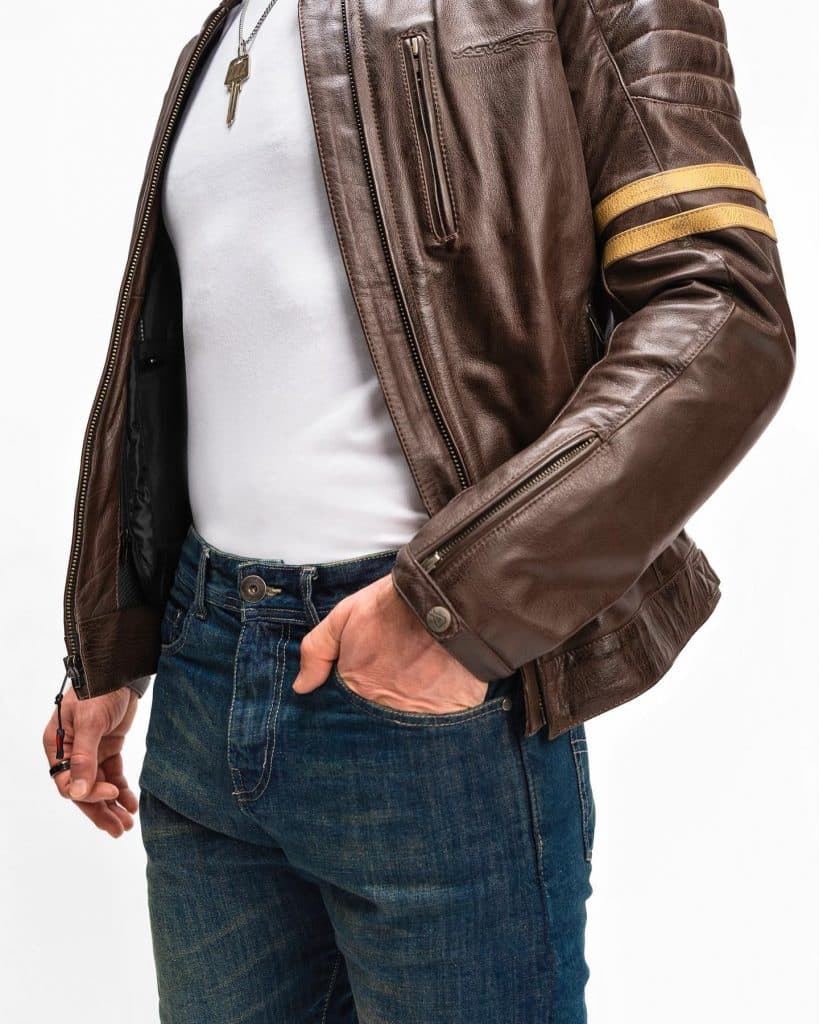
Denim, by its nature, offers breathability—a quality cherished especially in warm weather. But the introduction of Kevlar lining or panels in lined jeans compromises this trait significantly. Kevlar, due to its tightly woven structure with lower denier yarns and increased yarns per inch, hampers breathability considerably.
Recognizing this challenge, innovative Kevlar-lined motorcycle jeans, like the AGVSPORT Super Alloy, have ingeniously incorporated a sweat-wicking mesh lining. The mesh’s carefully designed cross-section shapes create spaced channels, swiftly drawing moisture away from the body. This innovative approach renders the fabric non-absorbent, allowing sweat to migrate to the outer layer and ensuring rapid drying.
In winter, the situation reverses, making lined jeans warmer than their single-layer counterparts, which can absorb water up to 27 times their weight.
Moreover, mesh lining reduces the chances of a potentially painful ‘skin-sheer’ injury. Although not debilitating, internal delamination of the skin can take up to three weeks to heal, and in some cases, it can lead to complications.
Single Layer Motorcycle Riding Jeans: A Fusion of Comfort, Style, and Performance
Single-layer motorcycle riding jeans undergo a precise three-step process to integrate Spectra with Kevlar or Dyneema – each contributing to the creation of a fabric that merges durability with comfort.
Let’s first examine the construction process, and in this, allow me to introduce Dyneema, a remarkably lightweight yet exceptionally robust abrasion-resistant fiber commonly utilized in single-layer jeans.
The Three-Step Process Behind Single-Layer Motorcycle Riding Jeans: Dyneema Integration into Denim
1. Shedding
In the first step, the warp yarns of the denim fabric, which serve as the vertical threads, are carefully separated to create a precise path for the integration of Dyneema fibers. Shedding clears the way for the upcoming weaving process, ensuring that the warp yarns are evenly spaced and prepared for the integration of the abrasion-resistant Dyneema fibers.
2. Picking
Once the warp yarns are uniformly separated, the horizontal weft yarns, interwoven with Dyneema fibers, are carefully inserted among the cleared warp yarns. This intricate picking process involves the weaving of Dyneema-infused weft yarns into the denim fabric.
By integrating Dyneema into the weft yarns, the fabric gains exceptional strength and abrasion resistance, essential for motorcycle riding gear. The accurate and careful interlacing of Dyneema fibers into the denim ensures a cohesive, protective structure.
3. Beating/Battening
After each weaving row, a critical step known as beating or battening takes place. During this stage, the newly integrated Dyneema-infused rows are expertly pressed against the existing denim fabric. This action compresses the fibers, creating a tight and uniform weave. Proper beating guarantees that Dyneema fibers are evenly distributed, reinforcing the fabric’s strength and enhancing its protective qualities. The result is a single-layer motorcycle riding jean that effortlessly combines the durability of Dyneema with the timeless comfort of denim.
The specialized integration process, tailored to the unique properties of protective materials, offers a distinctive set of features and benefits, making single-layer motorcycle jeans a preferred choice for some riders.
Wear and Feel Like Regular Jeans

Single-layer jeans have a distinct advantage: they are lighter than their lined counterparts, closely resembling the regular jeans we commonly wear and recognize. Their lightweight design ensures you’ll hardly notice the difference. Take, for instance, the REAX 267 single-layer jeans that utilize a 12-ounce denim blend incorporating Dyneema and elastane, while the Levi’s 511 Premium slim fit regular jeans, made of 99% cotton and 1% elastane, weigh 13 ounces. The weight disparity between the two is just one ounce, which is hardly noticeable.
But when comparing the 12-ounce REAX 267 single-layer jeans with the Klim K Fifty 2 lined jeans, featuring a Cordura denim/nylon cotton blend outer shell and a reinforced interior comprising 55.5% DuPont™ Kevlar® panels, a noticeable difference in weight becomes evident. The Klim jeans weigh in at 23 ounces due to the inclusion of Kevlar lining, which wears in at 16.5oz per yard.
Enjoy Comfortable Rides Anytime
The lightweight design of single-layer pants also provides a natural feel while riding and ensuring freedom of movement for everyday activities, but this convenience comes at the cost of reduced protection, increasing the risk of potential ‘skin-sheer’ injuries and abrasions.
When we talk about the thickness of the material, we also consider its flexibility. Flexibility means how easily something can bend or stretch, like a rubber band. To measure the flexibility of a material, we use two terms: ‘yield strength’ and ‘elastic modulus.’ Yield strength tells us how strong or weak a material is, while elastic modulus measures how stiff the material is. It’s like figuring out how sturdy something is and how much it can bend before breaking.
With single-layer jeans, weaving a protective material into the denim fabric creates a strong yet flexible cloth. A technique that involves utilizing a ‘2:1 or 3:1 twill tissue pattern using a warp,’ combined with cotton yarn and unbleached yarn, results in a fabric that strikes the right balance between strength and flexibility.
Some single-layer jeans like, say, the Aerostich PROTEKT, take it a step further by using stretch denim, which is made by combining cotton, polyester, and a stretchy material like elastane or spandex. The amount of stretchy material used determines how much the jeans can stretch.
No More Sweaty Days

Single layer jeans offer breathability and prevent overheating, making them an excellent choice for hot weather. Unlike lined jeans, they don’t trap heat, avoiding that sticky and uncomfortable sensation caused by sweating.
Within the intricate denim weave, the undyed weft yarn forms an inner layer, and so, manufacturers use a precise balance of yarn with moisture management properties in the weft, swiftly absorbing moisture from the skin and allowing it to evaporate.
The bottom line: Trust the lab results, not the salesperson’s pitch!
Motorcycle Jeans Safety Standards
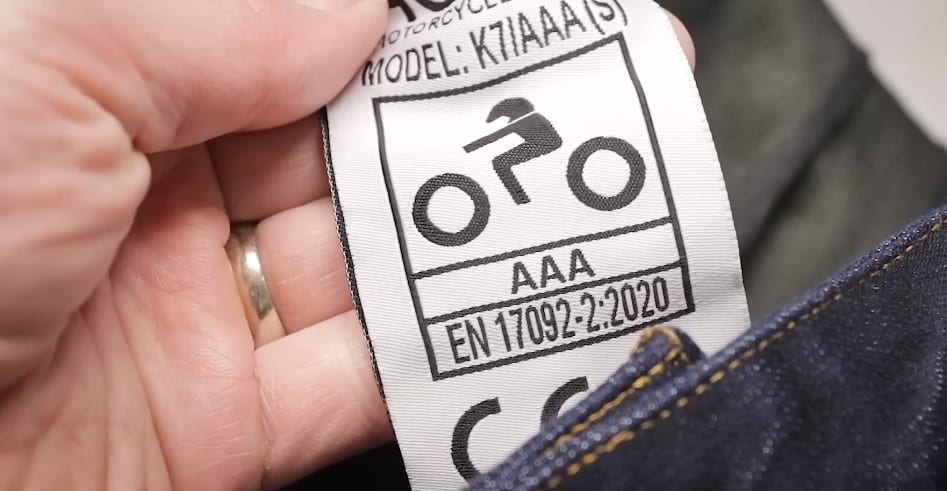
Since April 21, 2018, motorcycle gear, including jeans, must adhere to the certification standards of Personal Protective Equipment (PPE) outlined in EN 13595 or EN 17092. Testing involves evaluating abrasion, burst, and tear resistance using specialized equipment. The Cambridge Abrasion Machine, equipped with a 60-grit belt running at 18 miles per hour, assesses a point of failure, while the Darmstadt machine spins specific samples on a concrete slab to determine their resistance level.
EN13595 assesses motorcycle jeans with two test levels and divides the body into four zones. Zone 1 and Zone 2 must endure four seconds on the Cambridge Abrasion Machine for Level 1 protection and seven seconds for Level 2. Zone 3 needs 1.8 seconds for Level 1 and 2.5 seconds for Level 2. Zone 4 can have ventilation and stretch panels, lasting 1 second for Level 1 and 1.5 seconds for Level 2.
EN17092 employs five test levels, evaluating Zone 1, Zone 2, and Zone 3. Class AAA for professionals requires 74.56 mph (707.4 rpm) in Zone 1, 46.60 mph (442.1 rpm) in Zone 2, and 27.96 mph (265.3 rpm) in Zone 3. Class AA suits touring gear, with Zone 1 at 256.52 mph (412.6 rpm), Zone 2 at 164.94 mph (265.3 rpm), and Zone 3 at 91.66 mph (147.4 rpm). Class A is for urban riding, needing 164.94 mph (265.3 rpm) in Zone 1 and 91.66 mph (147.4 rpm) in Zone 2, without Zone 3 abrasion resistance requirement.
Class B matches A but excludes impact protectors. Class C includes impact protection, suitable for off-road mesh under-suits. I strongly advise against wearing any motorcycle pants without certified armor because the best motorcycle jeans feature EN 1621-1:2012 Level 1 or Level 2 armor for enhanced knee, butt, and hip protection. Level 1 offers lower protection, while Level 2 provides higher but thicker protection. Look for the certification logo to ensure safety standards are met.
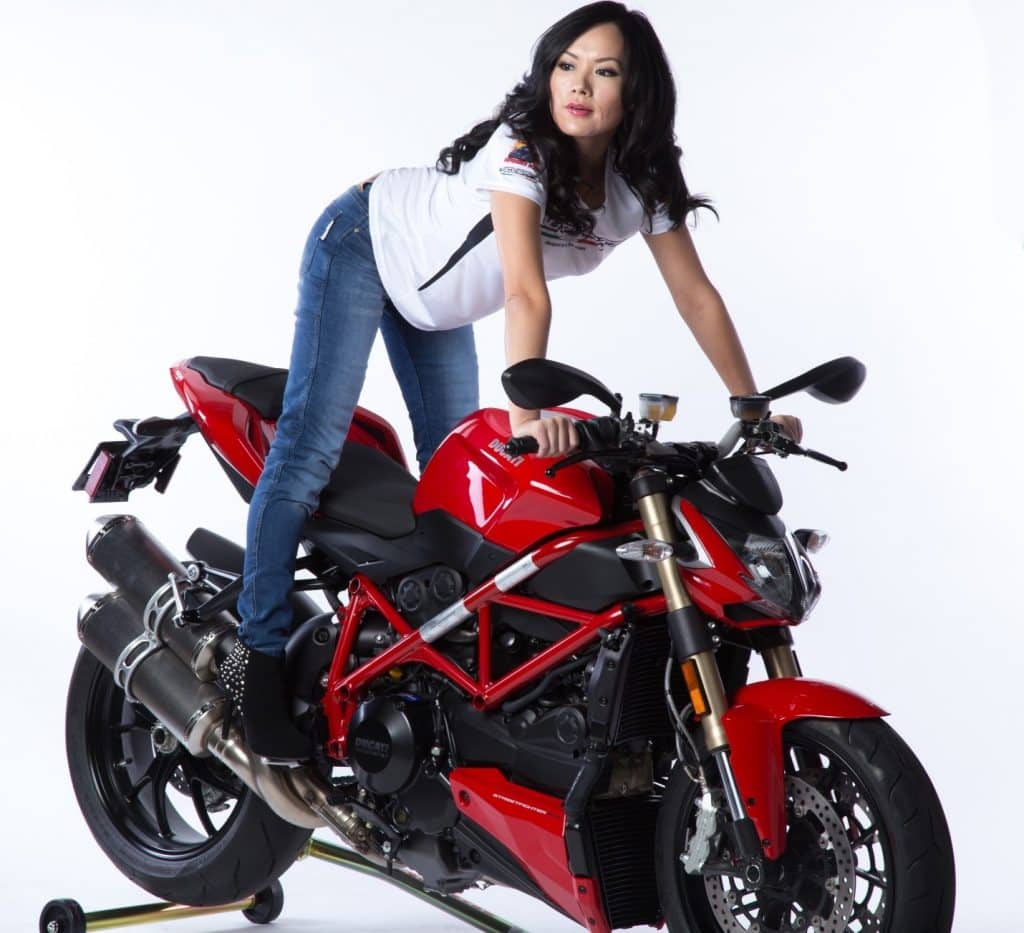
Just as safety certifications vary, the choice between stretch jeans and regular jeans boils down to your priorities. Stretch jeans excel in comfort and flexibility, molding to your body’s movements and providing a snug fit, ideal for those who prefer a trendy look, but they may lose shape with frequent washing. Regular jeans, on the other hand, prioritize durability and a personalized fit. They gradually mold to your body, offering a customized experience and sturdier support. While they might feel rigid initially, their longevity and tailored fit make them an excellent choice for riders seeking long-term comfort.
In essence, consider your preferences and maintenance habits when selecting the jeans that align best with your riding style and needs. Your choice should ultimately reflect your desire for a safe, comfortable, and enjoyable riding experience.
 I've diligently categorized my motorcycle gear recommendations into all available categories, with the aim of providing you with a comprehensive analysis that showcases the absolute best options for all your needs. These items are the culmination of in-depth research, extensive testing, and personal use throughout my vast experience of 50+ years in the world of motorcycling. Besides being a passionate rider, I've held leadership positions and offered consultancy services to reputable companies in over 25 countries. To See Top Picks and the Best Prices & Places to Buy: Click Here! |
FAQs — I Have the Answers!
Q: What Is the Difference Between Single Layer vs. Lined Motorcycle Jeans?
Lined jeans have a second protective layer, sometimes with an additional moisture-wicking mesh, while single-layer jeans weave abrasion-resistant fibers directly into the fabric. Single-layer pants are lighter and cooler, whereas lined ones, despite summer heat, offer superior abrasion resistance.
Q: Single Layer or Lined Motorcycle Jeans: Which Is Better?
Lined motorcycle jeans are comparatively better, offering greater abrasion resistance in comparison to their single-layer counterparts. The additional inner lining or panels significantly minimize impact, enhancing both durability and effectiveness in safeguarding your skin.
Q: What Are Advantages of Kevlar Motorcycles Jeans?
Kevlar motorcycle jeans offer a range of benefits, including superior strength, exceptional durability, impressive ballistic resistance, effective cut and puncture resistance, reliable heat and abrasion resistance, lightweight and flexibility, along with a stylish design. They also provide added knee and hip protection, instilling riders with increased confidence and peace of mind while on the road.
Q: How Do I Choose the Best Kevlar Motorcycle Jeans?
Choose Kevlar motorcycle jeans certified with EN 13595 or EN 17092 and featuring adjustable knee, hip, and butt armor. Factor in your riding style and select between single-layer or lined options based on your desired protection level.
Q: Is Kevlar Good for Motorcycle Jeans?
Yes, Kevlar is an excellent choice for motorcycle jeans due to its remarkable strength, durability, ballistic resistance, cut and puncture resistance, heat and abrasion resistance, as well as flexibility. These qualities make it a valuable enhancement for protective motorcycle gear.
Check out these unique travel pants built by motorcycle enthusiasts who share a deep passion for adventure travel!
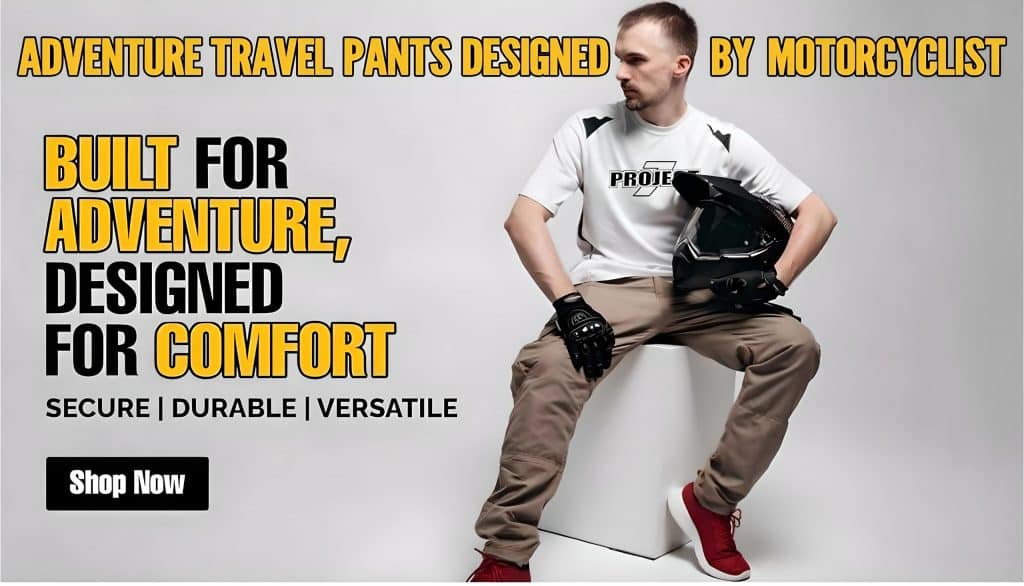
Discover more about this innovative gear by clicking here.
Information for this article was partially sourced and researched from the following authoritative government agencies, educational institutions, and nonprofit organizations:
- MotoCAP
- Deakin University
- University of Michigan
- ResearchGate
- Dupont
- Dyneema
- Spectra
- Fiber Brokers International
- ScienceDirect
- MCR Safety
M/A





